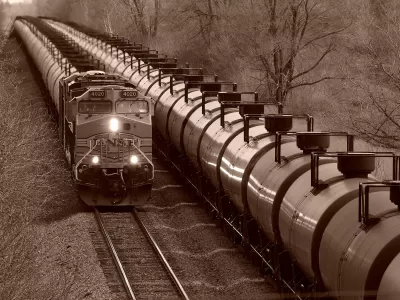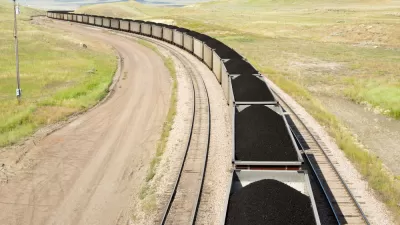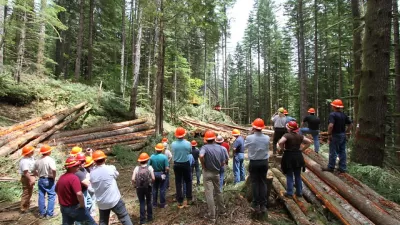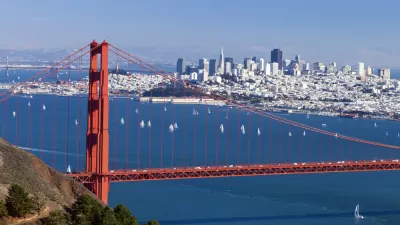An interstate commerce clause is being used to challenge climate change measures and regulations.

North Dakota is considering filing a lawsuit after Washington Governor Jay Inslee signed legislation limiting the volatility of oil coming into the state. Michael Meyer explains the legal argument, based on the Dormant Commerce Clause, that is behind the possible action.
The Commerce Clause in the Constitution allows Congress to regulate commerce "among the several states." "The 'dormant' part arises from the implication that only Congress shall have this power, meaning that states themselves are prohibited from regulating commerce among the states," says Meyer.
He notes that the clause has been used in recent years in legal arguments against climate change measures. "In fact, in a case that is still being litigated, companies backing the Millennium Bulk coal export terminal on the Columbia River brought a lawsuit based on the Dormant Commerce Clause to challenge Washington’s denial of a critical permit."
North Dakota could argue that the oil being brought into Washington is not a hazard, the volatility measure serves no legitimate safety purpose, and Washington is therefore limiting interstate commerce. Whether this argument would hold up in court is unclear, notes Meyer. "Regardless, the Dormant Commerce Clause will likely continue to make its periodic appearances in litigation attacking new climate policies."
FULL STORY: CLAUSE IN THE US CONSTITUTION IS BEING WIELDED TO ATTACK CLIMATE CHANGE POLICIES

Maui's Vacation Rental Debate Turns Ugly
Verbal attacks, misinformation campaigns and fistfights plague a high-stakes debate to convert thousands of vacation rentals into long-term housing.

Planetizen Federal Action Tracker
A weekly monitor of how Trump’s orders and actions are impacting planners and planning in America.

Chicago’s Ghost Rails
Just beneath the surface of the modern city lie the remnants of its expansive early 20th-century streetcar system.

Bend, Oregon Zoning Reforms Prioritize Small-Scale Housing
The city altered its zoning code to allow multi-family housing and eliminated parking mandates citywide.

Amtrak Cutting Jobs, Funding to High-Speed Rail
The agency plans to cut 10 percent of its workforce and has confirmed it will not fund new high-speed rail projects.

LA Denies Basic Services to Unhoused Residents
The city has repeatedly failed to respond to requests for trash pickup at encampment sites, and eliminated a program that provided mobile showers and toilets.
Urban Design for Planners 1: Software Tools
This six-course series explores essential urban design concepts using open source software and equips planners with the tools they need to participate fully in the urban design process.
Planning for Universal Design
Learn the tools for implementing Universal Design in planning regulations.
planning NEXT
Appalachian Highlands Housing Partners
Mpact (founded as Rail~Volution)
City of Camden Redevelopment Agency
City of Astoria
City of Portland
City of Laramie





























